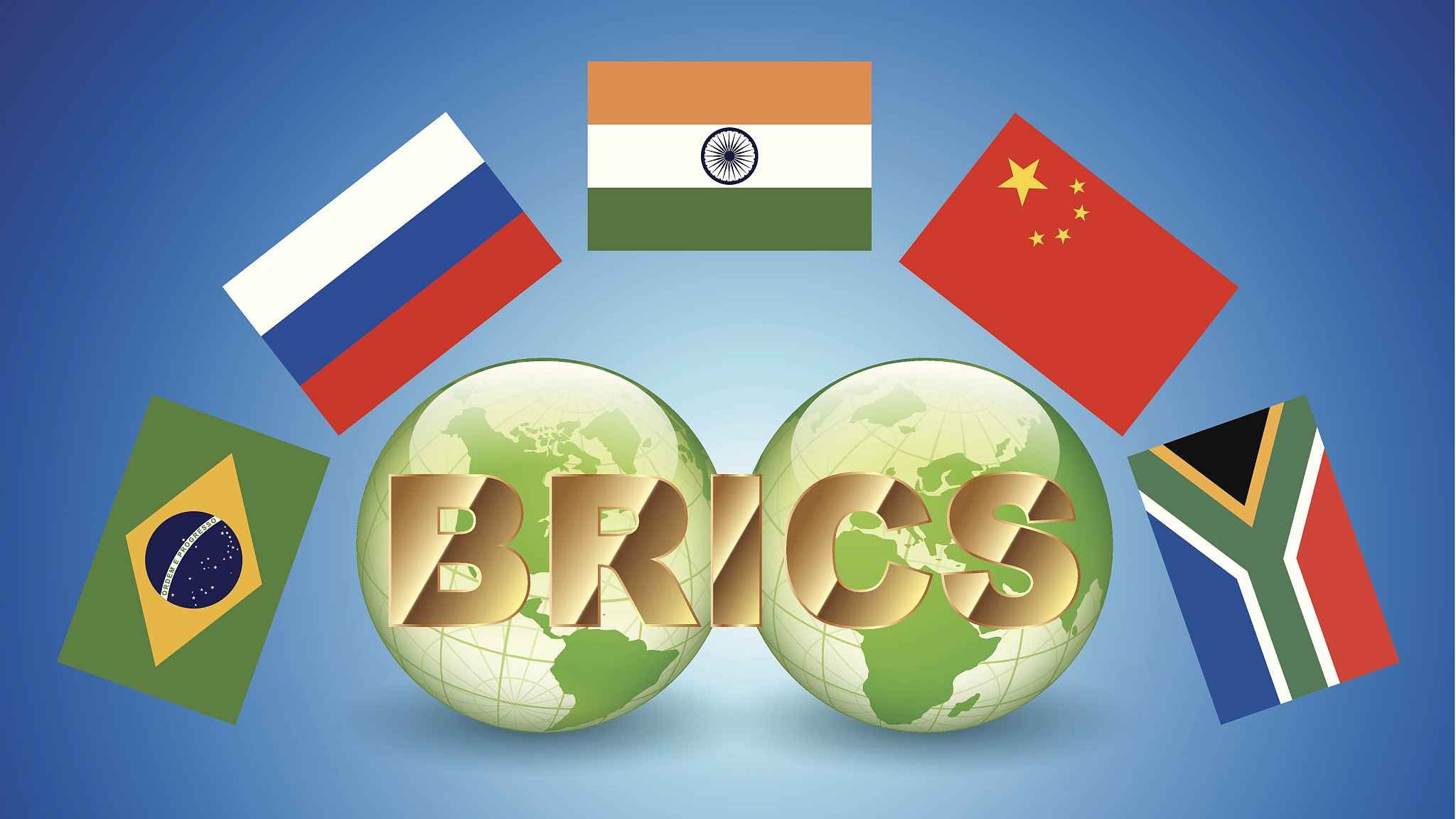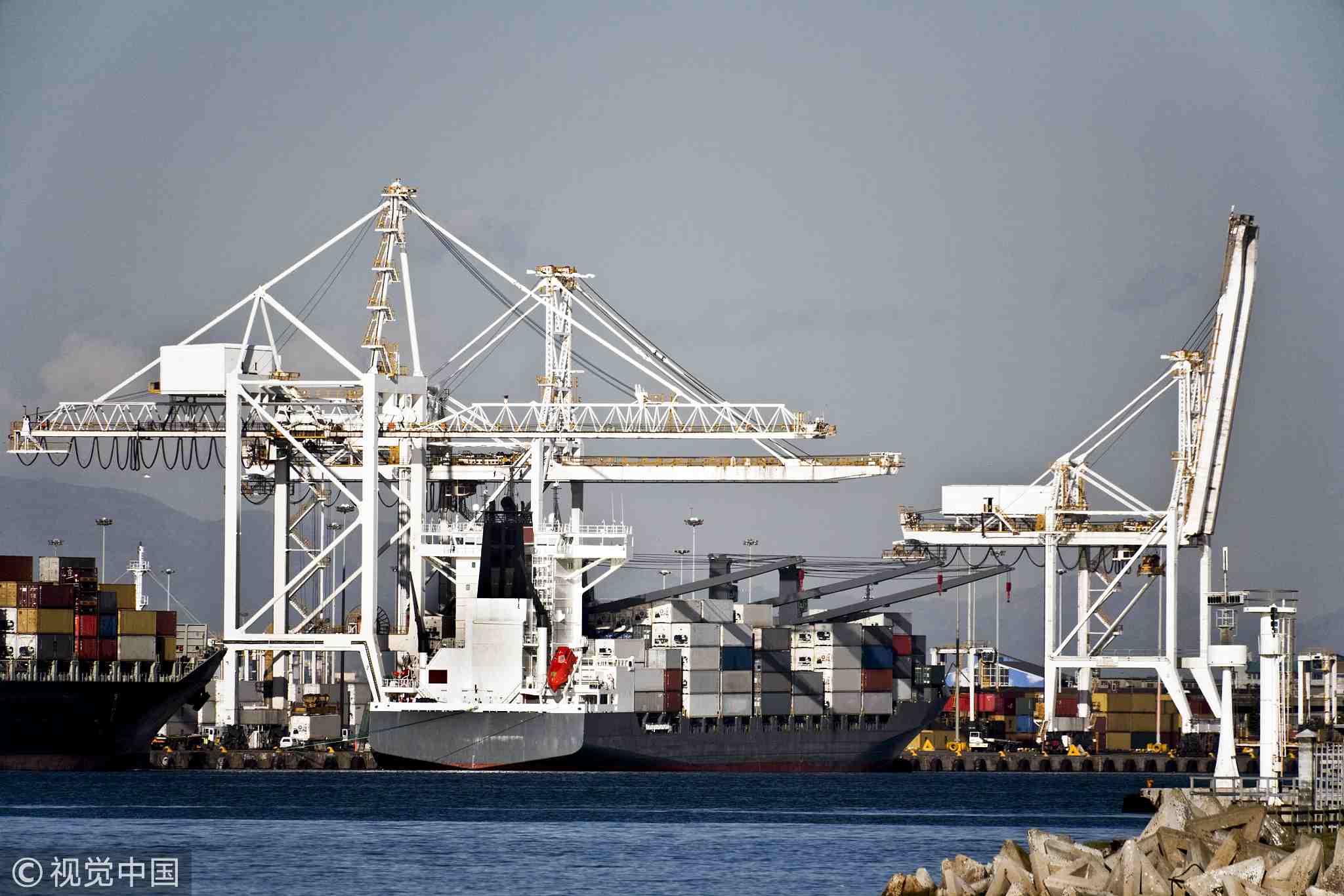
Opinions
12:26, 24-Jul-2018
Opinion: BRICS losing luster? Facts tell another story
Updated
11:52, 27-Jul-2018
By Wang Shanshan

Editor’s note: Wang Shanshan is a current affairs commentator and former Washington bureau chief of China Radio International (CRI), with 10 years of research on China-US relations. The article reflects the author's opinion, and not necessarily the views of CGTN.
The 10th BRICS summit takes place on July 25-27 in Johannesburg, South Africa. In 2001, Goldman Sachs chief economist Jim O’Neill said that the emerging economies of the BRICS countries – Brazil, Russia, India, and China (South Africa joined in 2010) – would be powerhouses that lead global economic growth. More recently, however, doubts have been raised about the vitality of the BRICS economies. But a look at the facts should help clear away these doubts.
Amid the countless multilateral mechanisms, BRICS doesn’t boast a long history. But it stands out for two reasons. First, its small number of members represents the vast expanse of the world’s emerging economies, along with 42 percent of the world’s population and more than 25 percent of its landmass. Each member is unique in its own way, together building a highly complementary model of cooperation.
And second, it stands out for its collective economic performance. The rate of economic growth in the bloc has far outpaced the world’s average – and the expectations of many. Jeremy Stevens, an economist with South African Standard Bank, said at a BRICS economic forum in Beijing in 2014 that from 2008 to 2017 the world’s average growth rate would be around 1 percent, while that of the BRICS nations was expected to reach 8 percent.

BRICS (Brazil, Russia, India, China, South Africa) Unite /VCG Photo
BRICS (Brazil, Russia, India, China, South Africa) Unite /VCG Photo
This optimism has been bolstered by statistics released by China’s Ministry of Commerce, which show that over the past ten years the BRICS increased their share of aggregate global economic value from 12 to 23 percent. Their trade volume rose from 11 to 16 percent of the world’s total. And outbound investment jumped from 7 to 12 percent, contributing to half of the world’s growth.
The vigor of the BRICS economies is evident in the increasing activity of the BRICS New Development Bank. Launched in 2014, the bank was established to fund development projects in the member countries.
The chief of the New Development Bank, K. V. Kamath, announced in May that the bank has approved projects worth 1.7 billion US dollars, while the target for the whole year stands at 4-4.5 billion US dollars. That is on top of the 3.4 billion US dollars worth of projects approved by the bank since its inception in 2015.
Two-thirds of the investment has gone into environmental restoration, water supply systems, irrigation, and other projects that support sustainable development. The bank has also invested in high-tech projects developing artificial intelligence, blockchain technology, and 5G communications networks, in an effort to improve the competitiveness of the member countries.
And the BRICS group has even bigger dreams. Last year, the BRICS heads of state met in China’s port city Xiamen and mapped out a blueprint to expand cooperation in global governance, international peace and security, and people-to-people exchanges.

A container port. /VCG Photo
A container port. /VCG Photo
There are also plans to build the New Development Bank into a global financial institution. Non-BRICS countries will be able to apply for membership of the bank starting in 2021. And it is set to have a bigger role in global governance. For example, the bank intends to establish its own credit rating agency that will serve the needs of the global south and other emerging economies.
The BRICS countries are braced to do more, particularly for the development of Africa, as South Africa steps into the organization’s rotating chair and hosts the 10th summit. Building on the base of the BRICS decade-old success story, the summit is destined to be another milestone on the journey of intensive development.
A new push for investment and inclusive economic growth will be high on the agenda of the Johannesburg summit, with the aim of advancing South Africa’s national interests and the African Union agenda, and deepen South-South relations. BRICS is becoming the meeting place for developing countries, and a platform for South-South cooperation.
By basing their cooperation on a foundation of mutual trust and benefit, the BRICS countries have been rewarded with growing confidence and prosperity. At a time when the world is facing the grave challenges of protectionism and isolationism, countries with the determination to safeguard the international rules-based order can be a force for good.
There is a Chinese saying that, “Even mountains and seas can’t separate people with shared aspirations.” As BRICS leaders gather under the theme of “Inclusive Growth and Shared Prosperity in the 4th Industrial Revolution,” there is much to anticipate and share with the world.

SITEMAP
Copyright © 2018 CGTN. Beijing ICP prepared NO.16065310-3
Copyright © 2018 CGTN. Beijing ICP prepared NO.16065310-3